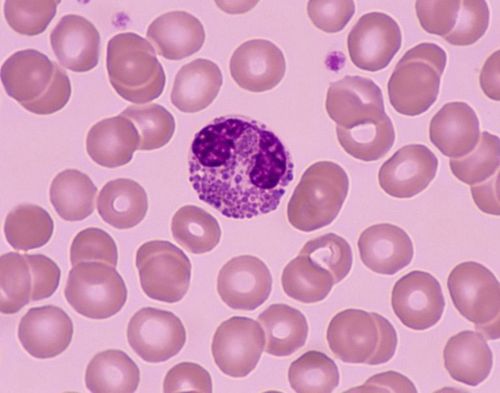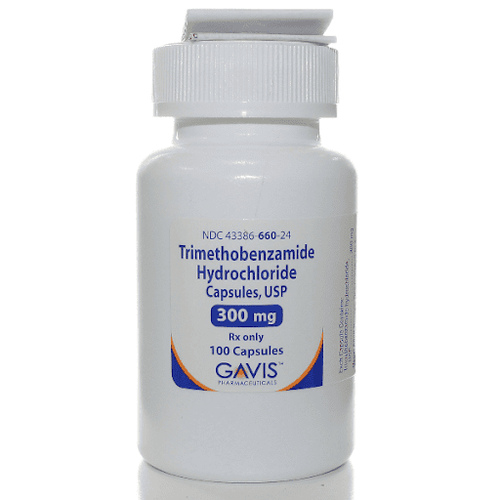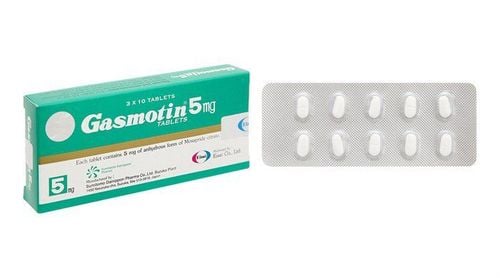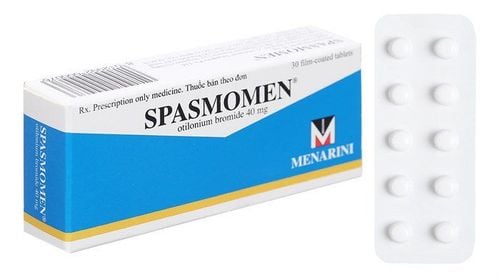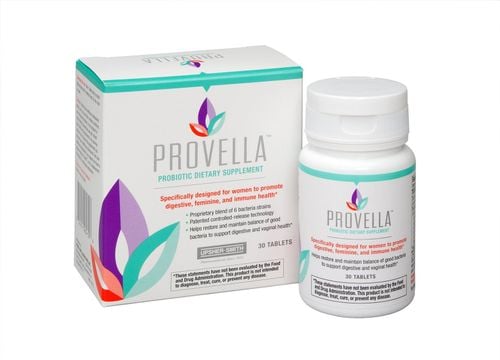This is an automatically translated article.
Posted by Doctor Mai Vien Phuong - Department of Medical Examination & Internal Medicine - Vinmec Central Park International General HospitalEndoscopic findings in eosinophilic gastroenteritis may be normal or present with nonspecific inflammatory lesions including mucosal edema, mucosal bleeding, mucosal roughness, or mild papules. In addition, in the stomach can see images of ulcers, thickening of mucosal folds.
1. Endoscopic image Eosinophilic gastroenteritis
To date, there is no consensus or specific guideline on the diagnostic approach in eosinophilic gastroenteritis. Therefore, in clinically suspicious cases, multiple biopsies (4-5 pieces/site) should be obtained from the gastric mucosa or colon for confirmation. In addition, careful history taking, combined laboratory results, imaging studies and endoscopy help rule out other possible causes of increased BCAT in the gastrointestinal tract.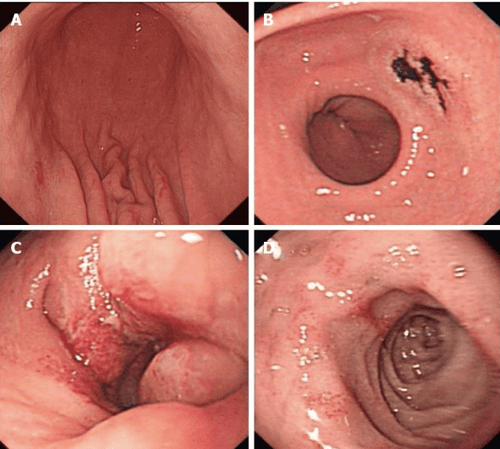
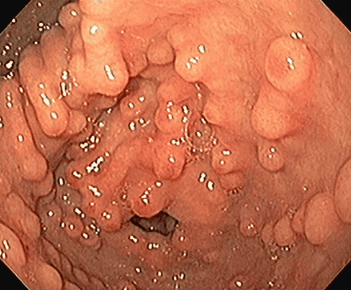
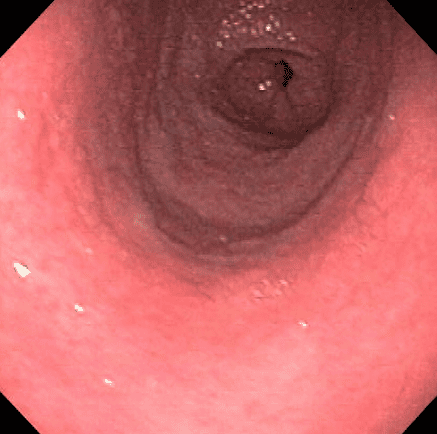
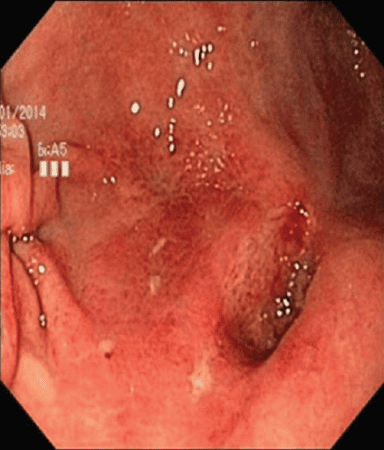
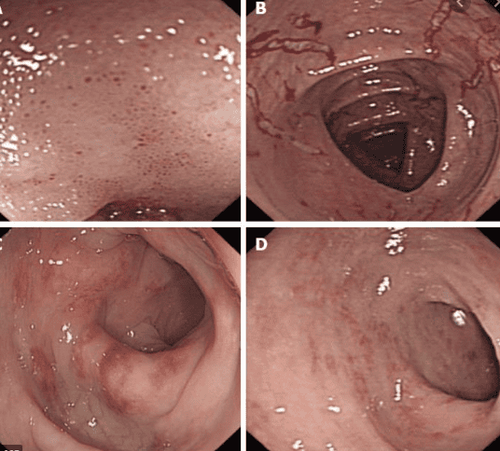
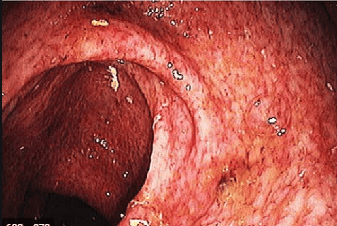
2. Treatment of eosinophilic gastroenteritis
Dietary control and corticosteroids are the mainstays of treatment for patients with eosinophilic gastroenteritis. For patients with suspected diet-induced eosinophilic gastroenteritis and those with a history of allergies, eosinophilic gastroenteritis can be managed through elimination. sequence of possible food allergens. Corticosteroids are the mainstay of treatment for patients with eosinophilic gastroenteritis. The starting dose is 15-40 mg/day of oral prednisone and 40 mg/day of methylprednisolone infusion in more severe cases. The dosage is then slowly reduced until it is completely stopped, but this depends on the varying response of the patient. In the event of recurrence of the disease, which occurs when the steroid dose is reduced, the dose should be increased and the duration of treatment should be extended. It is not uncommon for the disease to recur after steroid therapy has ended. It is advisable to re-treat the patient according to the old regimen for a longer time. However, to date, no standard length of treatment has been established for eosinophilic gastroenteritis.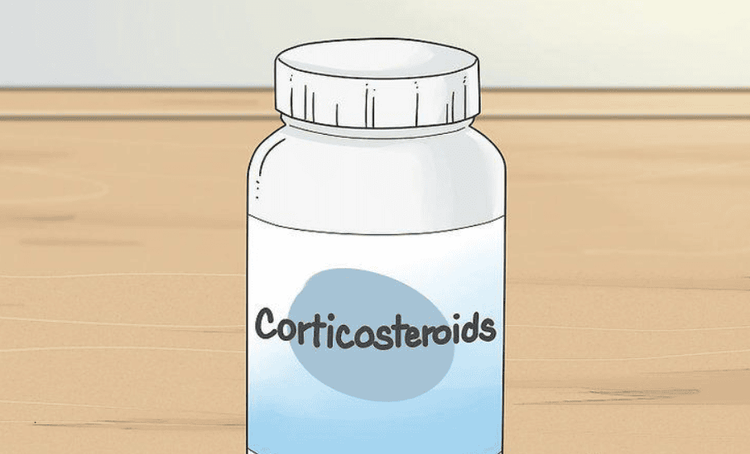
3. Conclusion
Eosinophilic gastroenteritis is a relatively rare chronic inflammatory disease, but its incidence has been underestimated. Because the clinical presentation of eosinophilic gastroenteritis lacks specificity, patients whose symptoms of chronic gastritis do not improve after repeated therapy should be examined such as endoscopy and histopathology to rule out eosinophilic gastroenteritis. The longer these symptoms last, the more likely the person is to have eosinophilic gastroenteritis. Peripheral blood eosinophilia is not required for the diagnosis of eosinophilic gastroenteritis, and multiple site biopsies and microscopic eosinophil counts are more important. A good relationship between clinicians, endoscopes, and pathologists can help reduce the missed diagnosis rate of this disease.Vinmec International General Hospital is a prestigious address trusted by many patients in performing diagnostic and treatment techniques for digestive diseases. Along with that, at Vinmec Hospital, the diagnosis of gastrointestinal diseases is done through gastroscopy and colonoscopy with Olympus CV 190 endoscope, with NBI (Narrow Banding Imaging - endoscopy) function. endoscopic examination with narrow light spectrum) results in clearer mucosal pathological analysis results than conventional endoscopy, detecting inflammatory lesions, early gastrointestinal cancer lesions. Vinmec Hospital with modern facilities and equipment and a team of experienced experts who are always dedicated in medical examination and treatment, customers can rest assured with the gastrointestinal endoscopy service at the hospital. Vinmec International General Hospital.
Please dial HOTLINE for more information or register for an appointment HERE. Download MyVinmec app to make appointments faster and to manage your bookings easily.
ReferencesKodjo-Kunale Abassa, Xian-Yi Lin, Jie-Ying Xuan, Hao-Xiong Zhou, Yun-Wei Guo. Diagnosis of eosinophilic gastroenteritis is easily missed. World J Gastroenterol. May 21, 2017; 23(19): 3556-3564 Hirano I, Moy N et al (2013). Endoscopic assessment of the esophagus features of eosinophilic oesophagitis: validation of a novel classification and grading system Gut, 62(4),: 489 -95






